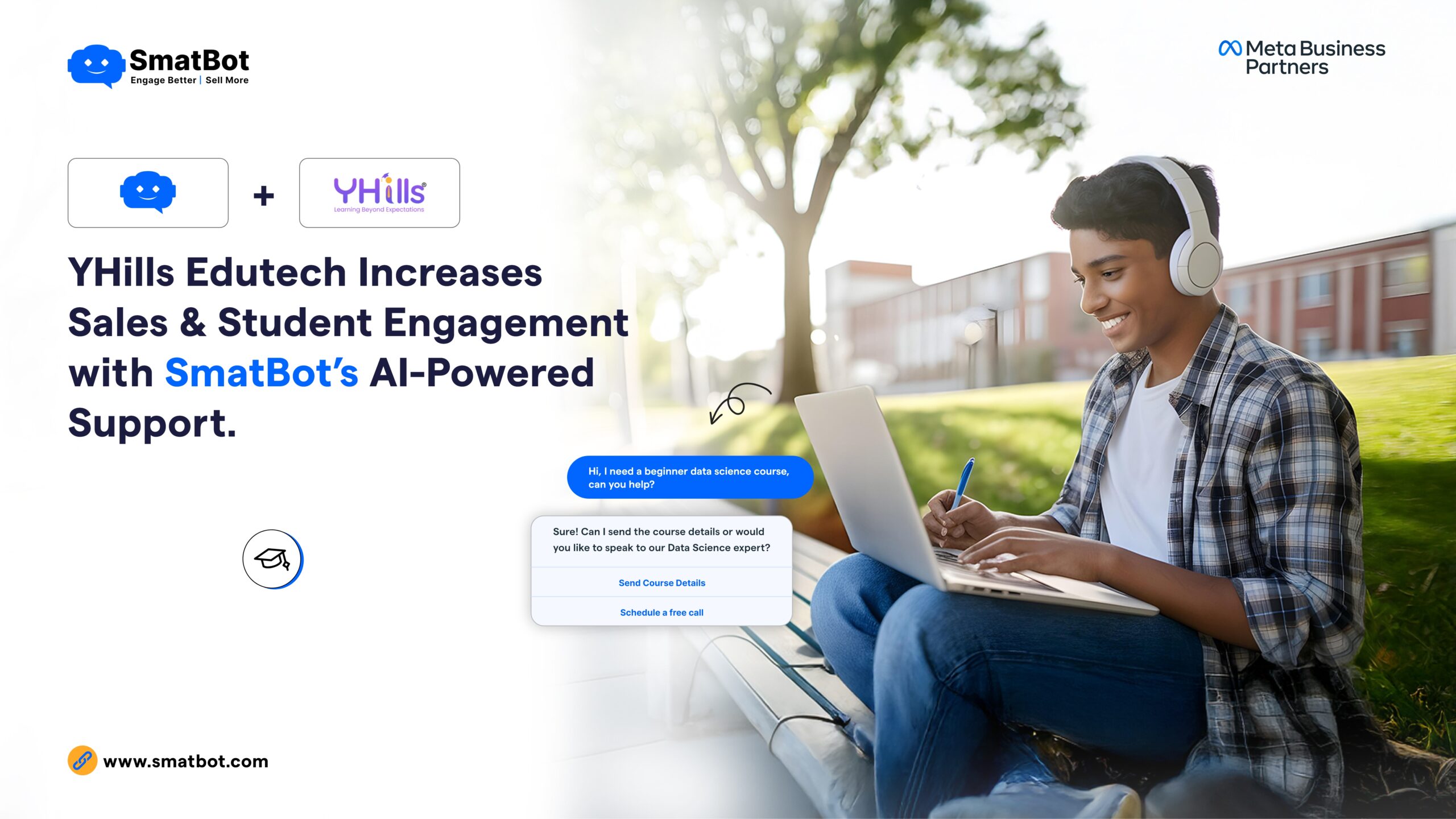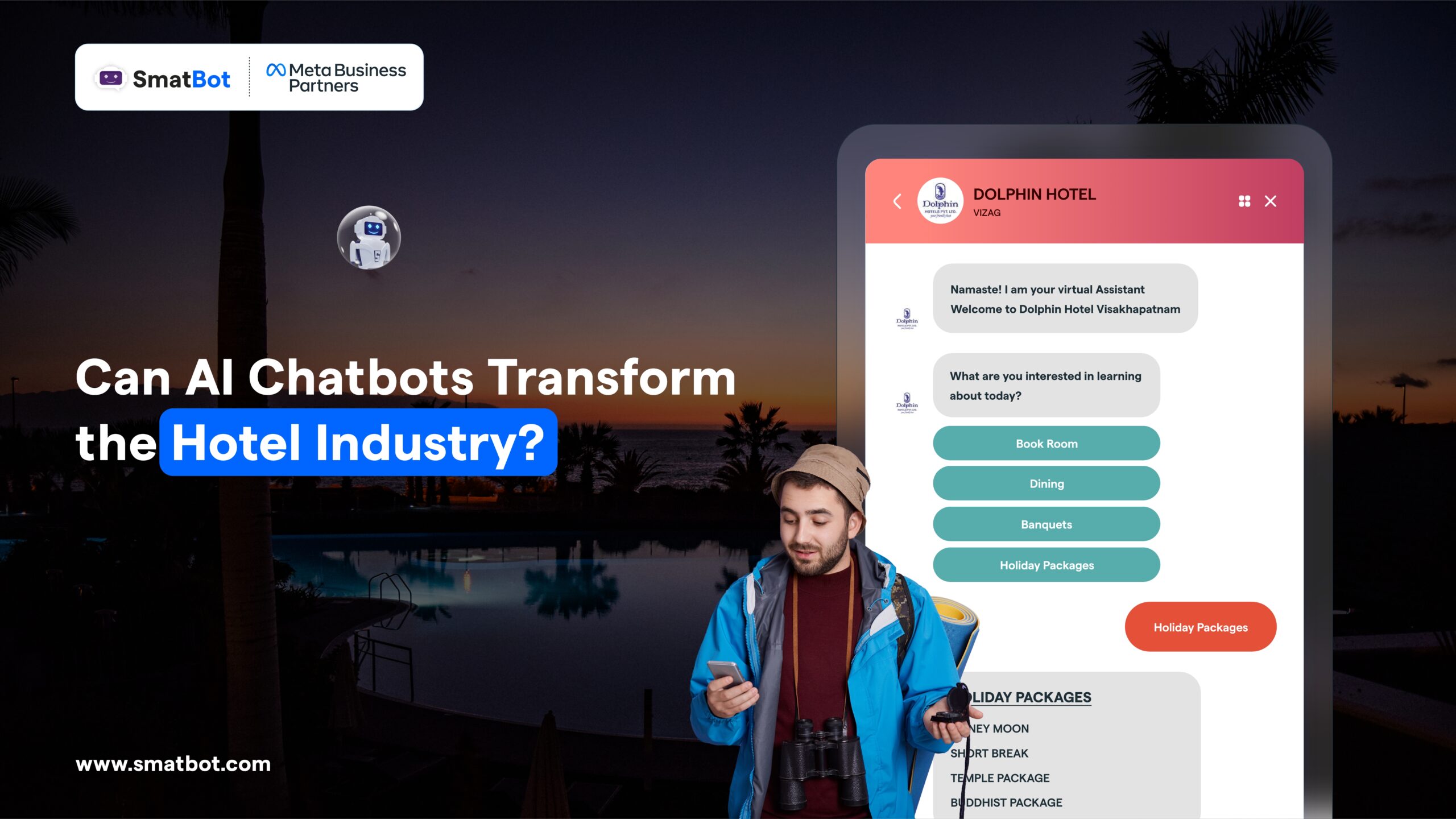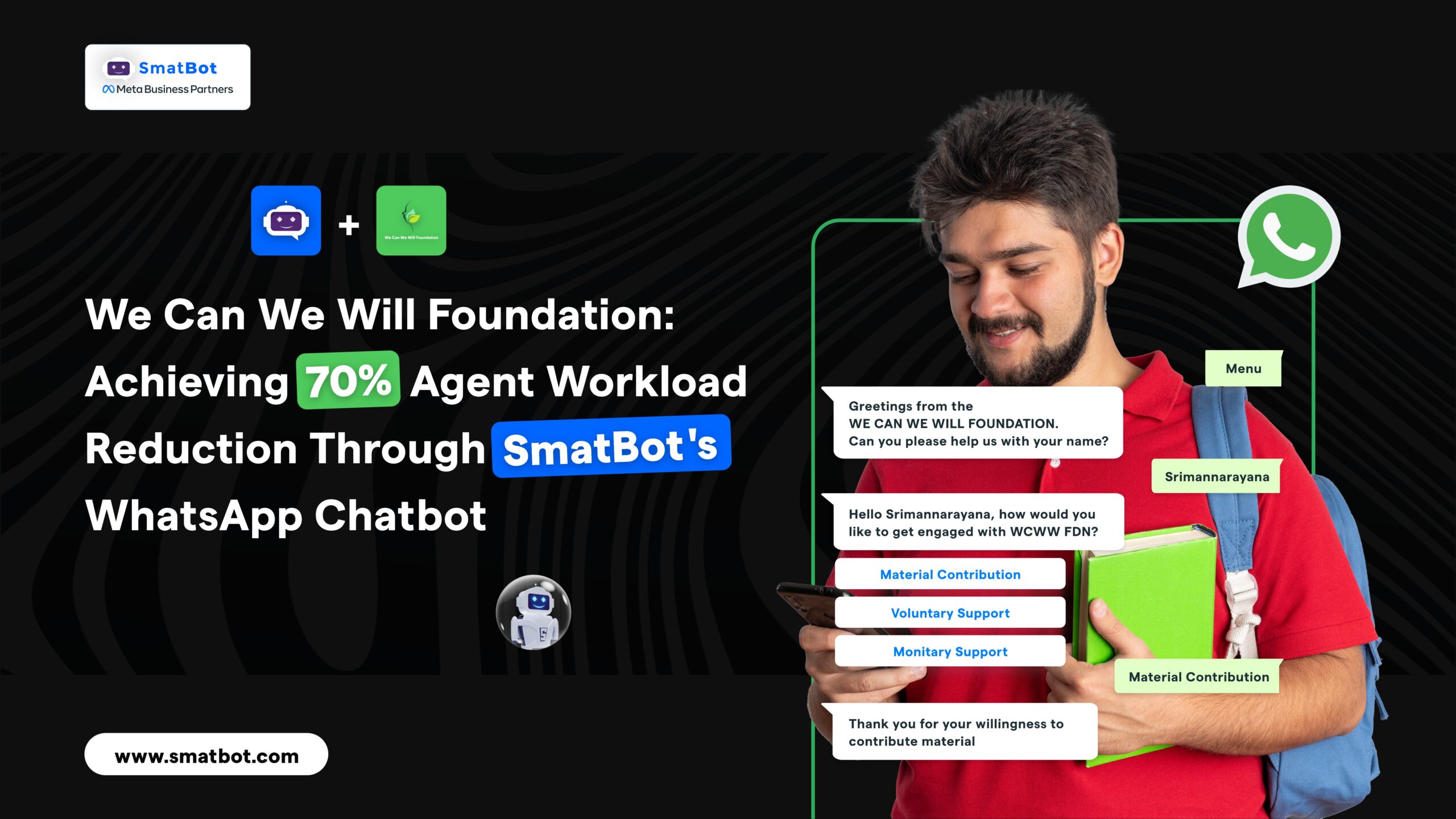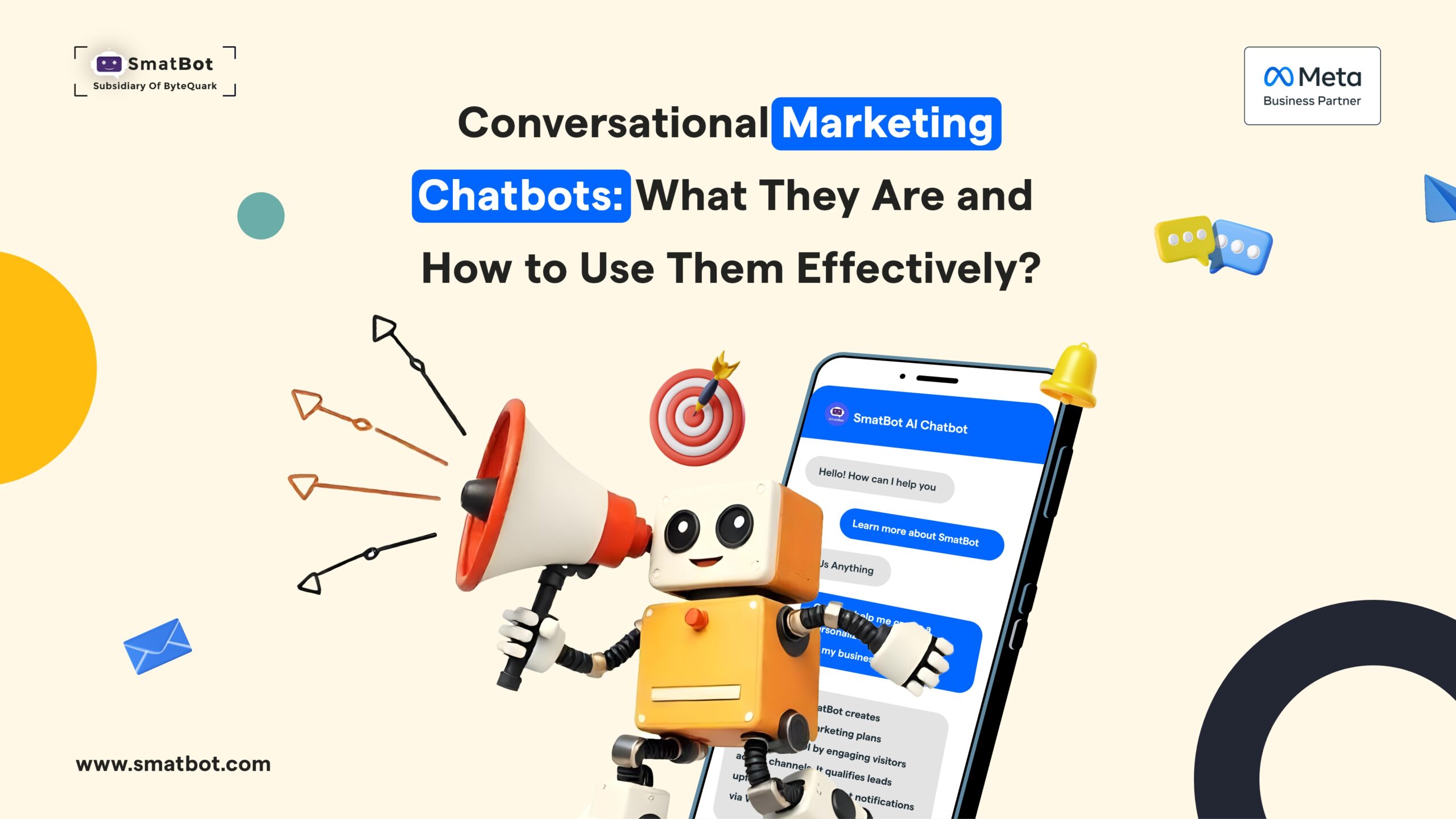Know the Difference Between Chatbots and Virtual Assistants
Are chatbots and virtual assistants the same or different? Is this thing confusing to you? Then you need a quick update on artificial intelligence.
Traditionally there was a huge difference between the two with the advent of AI into the chatbot; the differences are reduced to some extent.
Some people still consider chatbots and virtual assistants to be the same. But in reality, some significant differences distinguish them both.
Artificial intelligence has evolved at a rapid pace in the past years. It has made drastic changes in how businesses handle their day-to-day task and the overall growth of the organization.
Tech-savvy companies are exploring AI and deploying the same to help businesses improve their business productivity with fewer resources, innovate business operations, boost revenue and many more.
Firms are identifying the areas where AI can be deployed to leverage maximum from it.
According to a MasterCard survey, over 70% of the customers utilize chatbots and voice assistants. Over 87% of customers know that AI solutions are accessible to them. Over 80% of customers stated that they love purchasing through chatbots because of earlier positive experiences.
Firstly, chatbots and virtual assistants are computer programs enabled by AI designed for different purposes to interact with humans. People can interact with both these technologies in their daily routine.
To explain, chatbots are generally used as a data collection interface, such as for getting product details.
On the other hand, virtual assistants can assist you in running a business by keeping track of your daily tasks such as alarms, taking notes, reminding you of tasks to do or meetings to attend, etc.
Let’s define them separately to know precisely what chatbots and virtual assistants perform.
What are Chatbots?
Chatbots are computer automated programs used to interact with humans through text or voice. These bots are intelligent enough to grasp the context of the conversation and take the next step in inflow.
However, chatbots can’t find solutions or perform a set of tasks independently. Conversely, a virtual assistant can crawl via existing resources and support various requests.
Organizations generally deploy these chatbots to enrich customer service and improve satisfaction.
Chatbots play a vital role in enhancing customer satisfaction, where they are used as an information acquiring tool.
Chatbots are accessible to customers round the clock to clarify their doubts, gain valuable information about products or services, book appointments and assist in many more ways.
What are Virtual Assistants?
A virtual assistant is an online personal assistant that assists people in performing their daily activities such as scheduling an appointment, typing messages, making calls, setting alarms, managing emails, etc.
Well known virtual assistants include- Alexa, Apple’s Siri, Microsoft’s Cortana, Google Assistant, Amazon, and many others.
A virtual assistant can help you perform your daily tasks but does not perform customer service. It’s akin to personal human assistants, for instance.
- Remind us to perform everyday tasks,
- Takedown notes during meetings,
- Read received emails;
Similarly, virtual assistants also assist us in
- Controlling and managing smart devices,
- Getting directions,
- Managing breaking news,
- Checking flight status,
- Confirming orders, etc.
Now you might have got a basic insight into chatbots and virtual assistants.
Let’s now jump to understand the difference between the two with respect to certain parameters.
The Key Difference Between Chatbots and Virtual Assistants

1) Technology
Chatbots
Chatbots are not the same as their creation; many changes came with the time and deployment of AI and ML technologies.
- Rule-Based Chatbots: Traditionally, the limitations of chatbots are confined only to rule-based programs. This follows a decision tree format permitted for interaction via buttons and replies with a suite of pre-defined or scripted answers.
- Intellectually Independent Chatbots: Machine Language enabled chatbots are specifically designed to completely understand customers’ inputs with some training. And gradually learns as time passes by identifying similar keywords and less depending on the initial training.
- Contextual Chatbots: These are advanced chatbots powered by AI, ML and natural language processing(NLP). These technologies help the chatbot continuously learn, provide an accurate reply, and retain context to personalize conversations.
Virtual Assistants:
The technology that enables virtual assistants is nearly the same as a contextual chatbot. However, virtual assistants have sophisticated natural language understanding (NLU) and artificial emotional intelligence that powers them to understand NL commands.
Virtual assistants also pull information from search engines such as Bing, Google, Yahoo and other apps to convert that into text or voice information.
2) Core-Functionality
Chatbots
The core functionality of chatbots is mainly segmented into two categories:
- Help Businesses and Customers: A chatbot can automate most of the business tasks that improve customer satisfaction & retention rate and boost the performance of the sales & marketing team. It helps businesses in building the overall customer experience across their entire journey.
- Act as an Experimental Platform: Chatbots can also be deployed beyond business purposes for different types of services. For example, Sephora, the chatbot, acts as a personal assistant to the individual by suggesting the cosmetics that suit their face and considering the customers’ preferences.
Virtual Assistants
Virtual assistants such as Bixby and Jarvis-AI perform the tasks like an individual assistants.
It includes-
- Reading text messages or emails aloud,
- Taking notes,
- Scheduling appointments,
- Placing calls,
- Searching phone numbers,
- Reminding of appointments and many more.
- Temperature or environmental changes,
- Reading out recipes while cooking,
- Engaging in fun activities and many more.
3) Channels
Chatbots:
Chatbots are placed on websites, portals and social media messaging channels like Facebook and Whatsapp. It can also be placed on mobile apps and in-app chat widgets to resolve customer problems.
Virtual Assistant:
Virtual assistants are loaded into gadgets that they come with. Gadgets such as Echo by Amazon and Google Home have their respective virtual assistants inbuilt. These gadgets’ main function is to take voice commands.
When it comes to mobile and laptops, they mostly have an app that users can utilize to interact with the virtual assistant (besides voice commands).
4) Interface
Chatbots:
Chatbots have a conversational user interface(CUI) that resembles messaging platforms where customers can converse with the bot through messages.
Virtual Assistants:
It has an interface similar to a chatbot but can also function without an interface when enabled through voice commands.
Some myths regarding the capabilities of chatbots and virtual assistants.
1) Chatbots are not so intelligent.
It was true in the traditional days, but it’s not the case today; chatbots are now equipped with robust NLP to understand the context of the conversation rather than simply the keywords.
Previously, chatbots used to work on keyword search, and they could carry out only basic conversations through either wild card matching of words or time-consuming keyword training.
Moreover, chatbots are leveraging the power of machine learning too to improve further and produce higher self-service rates than before.
2) Virtual Assistants are more capable than chatbots:
Again, this was true in the traditional days. The gap between chatbots and virtual assistants is narrowing, and hopefully, it will completely diminish in the near future.
Previously, the chatbot couldn’t perform particular tasks, such as providing information about whether or password change. On the other hand, virtual assistants were wide-ranging in their offering.
Chatbots are now more capable of performing various functions to understand natural language.
3) A virtual assistant can remember the context better than a chatbot:
It’s false, VA still strives hard to remember basic details during conversations, but now chatbots can store what you tell them.
4) Chatbots can’t hold users chat history.
Again this was true in the past, but now chatbots can collect users’ information and not only they can refer to past conversations, but they can also act accordingly.
5) Chatbots can’t identify emotions:
Previously, in businesses where many human emotions were needed, they deployed virtual assistants.
However, this is not the case now; chatbots can now detect emotions, learn with interactions, and provide an appropriate response.
For instance, chatbots provide empathetic responses to ensure customers feel insecure or have doubts or become angry.
6) Omnichannel Presence with a Chatbot is not Possible:
Previously, support requests weren’t centralized, and every channel instance needed its chatbot and responses.
One more reason is common to use machine learning strategies where chatbots learn without human supervision.
The lack of human supervision leads chatbots to answer the same answer for different questions based on the user. All these ruined the image of chatbots in terms of channel consistency.
Benefits of Chatbots and Virtual Assistants
Conversational enterprises are more actively deploying chatbots to simplify and automate their internal business process, enhance productivity, boost their team’s performance, boost revenue, and improve the overall customer experience with the brand.
Chatbots with 24/7 availability and personalized messages improves customer interactions and engagement level. It reduces the overall waiting time of the customer, which is more with other messaging or IVR channels.
Chatbots are very easy to use by the customer on their way to go and reduce the overall cost spent on the customer service team.
In contrast, virtual assistants streamline organizing and executing daily tasks. It may be adding tasks to the calendar, setting the alarm, searching information on the web, making calls and many other tasks.
Virtual assistants act as personal assistants and come in handy and can handle smart devices at home lights, audio devices and thermostats. Though it has limited usage, it has gained wide acceptability and deployment in businesses.
Which One to Choose for your Business? Chatbots or Virtual Assistant
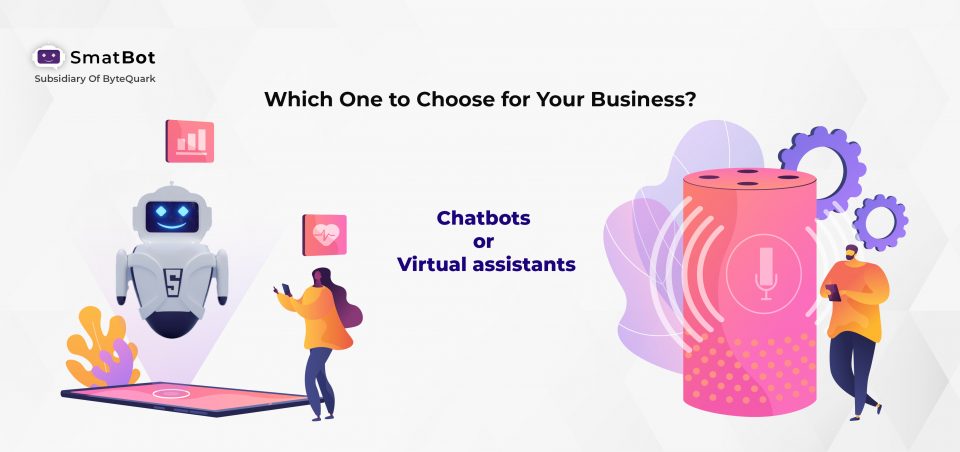
Chatbots can be easy to deploy; you can find customized chatbots in the market from various vendors. When you’re going with a virtual assistant to handle more advanced tasks in your business, you need to wait for the training time, from weeks to months, before it can start to work.
As both chatbot and virtual assistant technology advance with time, the borderline that differs them will get blurred and more difficult to identify.
Whatever you deploy for your business- chatbots or virtual assistants, you need a support team for supervision.
So, the selection of chatbots and virtual assistants purely depends on the type of assistant you need for your business. Based on that, you can choose the one.
If you’re still confused about which one to select, you can contact the Smatbot team. We are glad to assist in all possible ways.
You can also go for SmatBot 14-day free trial to gain confidence and understand how effective deploying a Smatbot chatbot is for your business.

